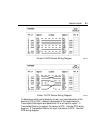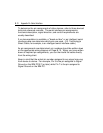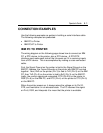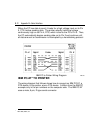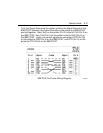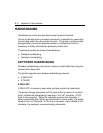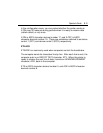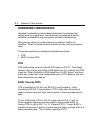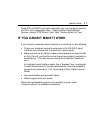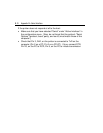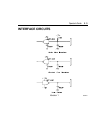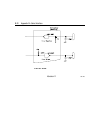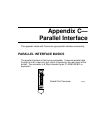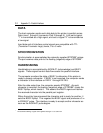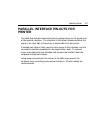
B-16 Appendix B—Serial Interface
HARDWARE HANDSHAKING
Hardware handshaking controls data transmission by changing the
voltage level on a signal wire. Not all printers can respond to control
characters embedded in the data stream (software handshaking).
Many printers use a pin on the connector to specify a "buffer full"
condition. When the printer asserts its buffer-full line, data transmission
stops.
The printer supports two hardware handshaking protocols:
•
DTR
•
BUSY (Inverse DTR)
DTR
DTR handshaking protocol uses the DTR signal on Pin 20. The voltage
remains high until the print buffer is 256 bytes from full, at which time DTR
is set low. When the buffer is 2256 bytes from full (257 bytes if minimum
buffer size is selected in the configuration menu), DTR resets to high and
data transmission can resume.
BUSY (Inverse DTR)
DTR is specified for Pin 20 of an RS-232-C serial interface. Used
according to RS-232-C specifications, DTR is high when the printer is
ready to receive new print data, and low when it is busy processing print
data.
On the 4100 printer, DTR on Pin 20 is also wired to Pins 11 and 19.
Some computer operating systems expect a signal called BUSY (or
inverse DTR) on either Pin 11 or 19, in place of DTR. If used, BUSY is
low when the printer is ready to receive new print data, and high when it is
busy processing data. This is directly opposite of DTR.




